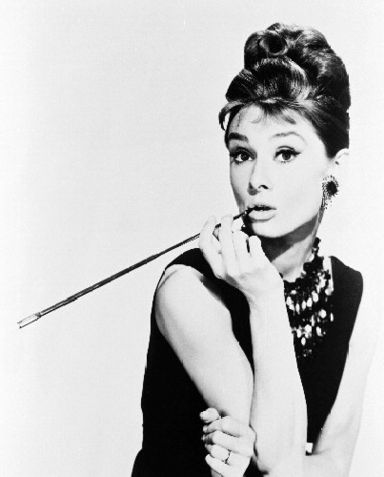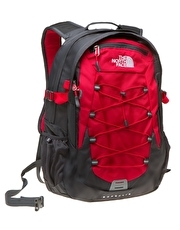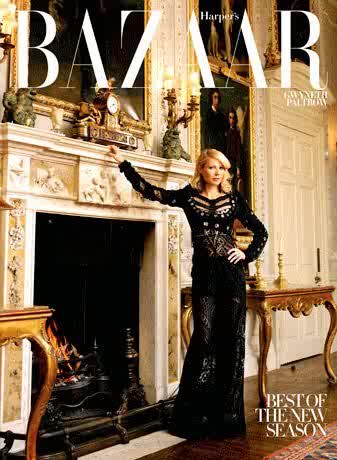 Colors can affect and transform a single design into a whole different meaning. Take the U.C. Davis colors - blue and gold (or specifically, UC Davis Blue 295 and UC Davis Gold 132). As a U.C. Davis student, when I see the colors blue and gold, I associate it with my school. Drawing from a sense of school pride, I am reminded of U.C. Davis every time I see this color combination, even if I do not see a U.C. Davis logo itself.
Colors can affect and transform a single design into a whole different meaning. Take the U.C. Davis colors - blue and gold (or specifically, UC Davis Blue 295 and UC Davis Gold 132). As a U.C. Davis student, when I see the colors blue and gold, I associate it with my school. Drawing from a sense of school pride, I am reminded of U.C. Davis every time I see this color combination, even if I do not see a U.C. Davis logo itself.I feel that U.C. Davis’ school colors are more representative of the school than the design is. If we are giving a colorless (or just black and white) logo, we would only be reminded of the school if we saw the design. Instead, seeing the logo colored in blue and gold, we can be reminded of the school both if we see the logo and if we see only the colors associated with the logo.
 Like Marco Boschini said, “Without color, il disegno may be called a body without a soul.” Similarly, without color, the U.C. Davis logo is a body without a soul. Colors give the logo dimension and character. We are blue and gold!
Like Marco Boschini said, “Without color, il disegno may be called a body without a soul.” Similarly, without color, the U.C. Davis logo is a body without a soul. Colors give the logo dimension and character. We are blue and gold!Click here for the official U.C. Davis colors for print and web, including branding colors, secondary colors, and traditional colors!










